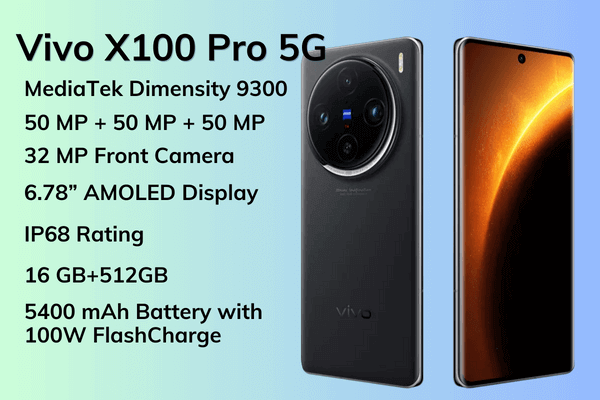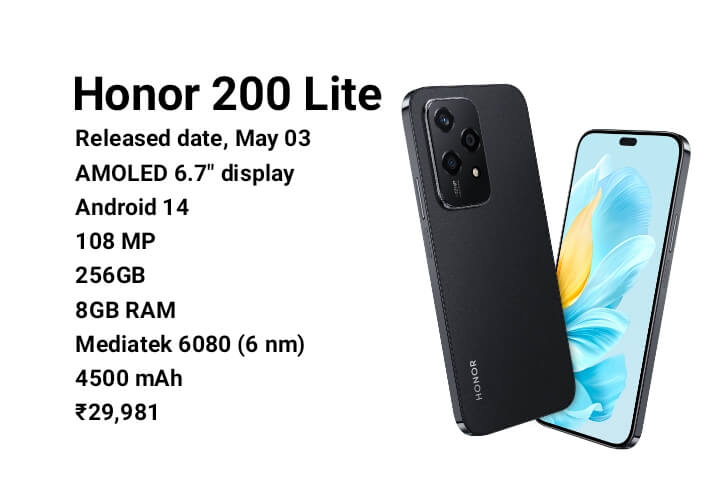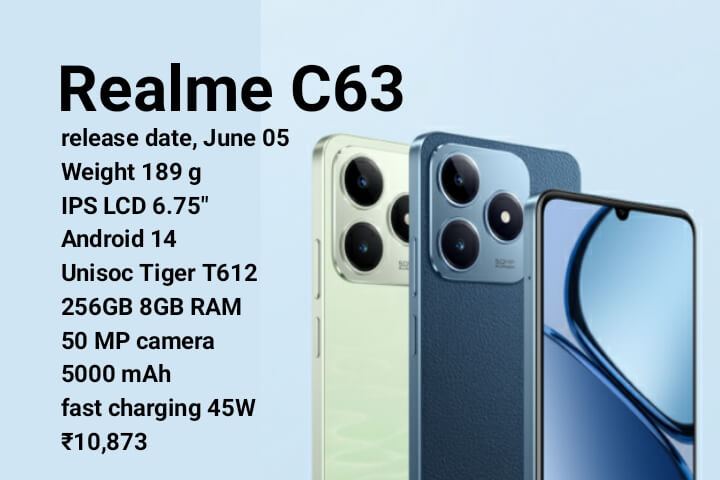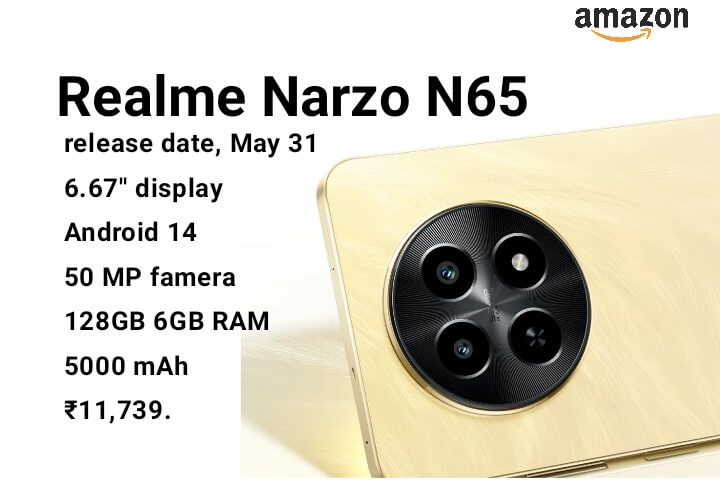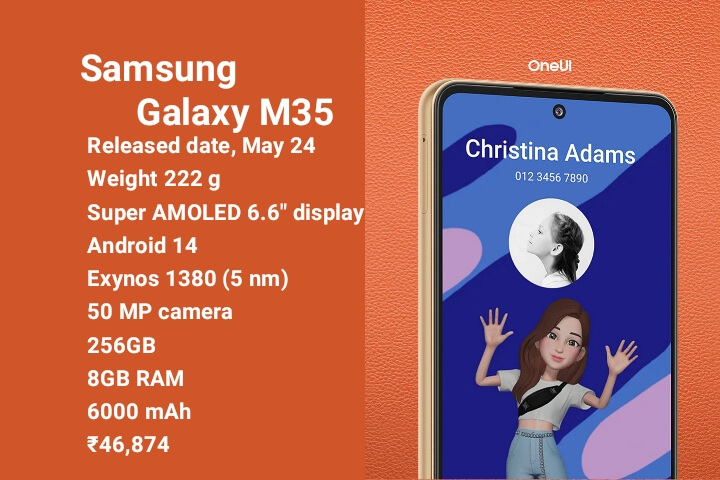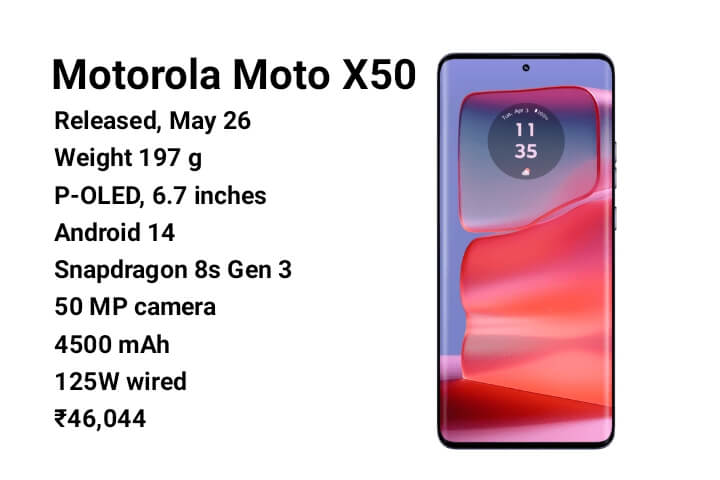Introduction to the Vivo X100 Pro
The new Vivo X100 Pro retains many of the elements from the previous models, including a distinct curved edge display, triple rear camera setup, and a powerful V3 imaging chip.
The X100 Pro also features a new MediaTek Dimensity 9300 SoC (a Qualcomm Snapdragon 8 Gen 3 equivalent), making it an intriguing and interesting offering from Vivo. The X100 Pro retains the distinct curved edge display and new hardware, making it a unique and intriguing phone.
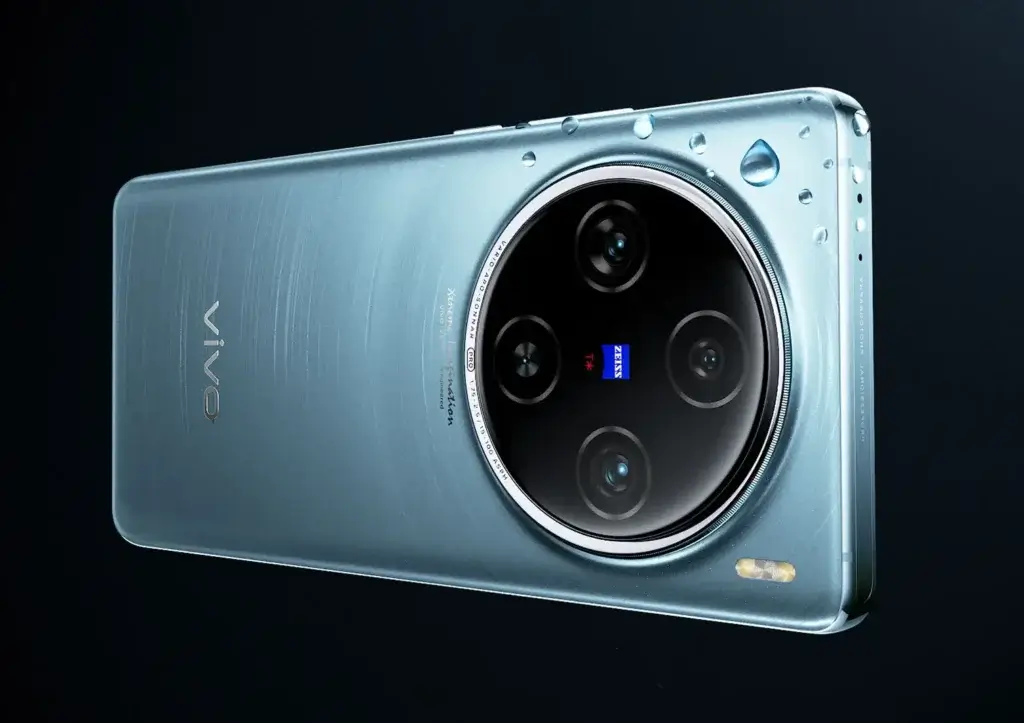
Design and build
The Vivo X100 Pro, similar to the X90 Pro, is available in Asteroid Black with a fluorite anti-glare glass back panel. Despite its price point, Vivo offers no choice for buyers compared to other brands.
The orange vegan-leather finish, launched in China, is still a distant dream for Indian customers. The X100 Pro’s design has been refined over the X90 Pro, with a larger, chunky size and a massive camera bump. However, Vivo has managed to make it appear slimmer with a more rounded design, possibly due to the 3D curved edge display.
The Vivo X100 Pro, despite its chunkiness, is not the largest or heaviest phone in its class. It weighs 225 grams, similar to last year’s model. Samsung’s Galaxy S23 Ultra is heavier (234g), while Apple’s iPhone 15 Pro Max is smaller and slimmer but as light (221g).
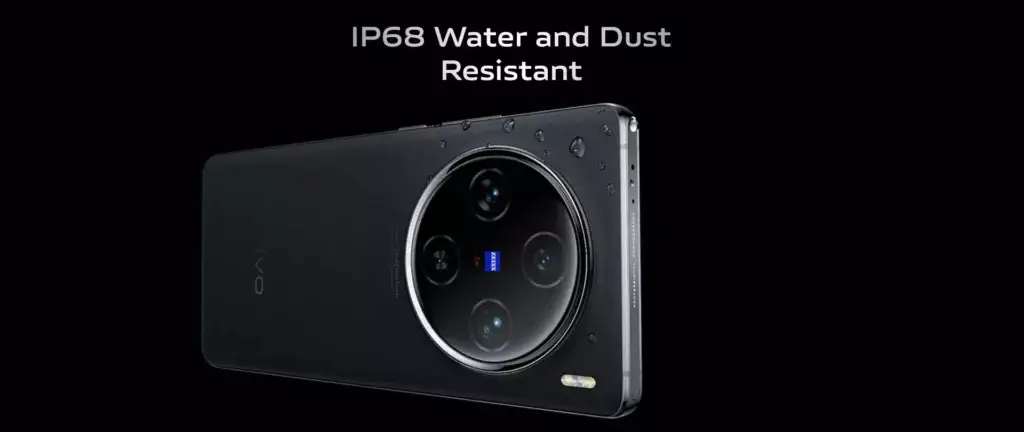
The phone’s design features a massive camera bump, inspired by the sun’s halo, which helps differentiate it from older models. Vivo claims it was inspired by the sun’s halo when designing the slightly offset stainless steel ring around the large curved edge glass.
The matte-finish feels luxurious but slippery, making it advisable to attach the included case as it is hard to grip and top-heavy due to the large camera glass and sensors.
The Vivo X100 Pro phone features a curved edge front glass, smudge-free and scratch-free, and a display that bends slightly on both sides, reducing viewing area when outdoors.
It has an IP68 rating for dust and water resistance, a wireless charging coil, and a larger 5,400mAh battery, which makes it a good choice for those looking for a chunky device. The phone’s design and size make it a desirable choice for those seeking a durable device.
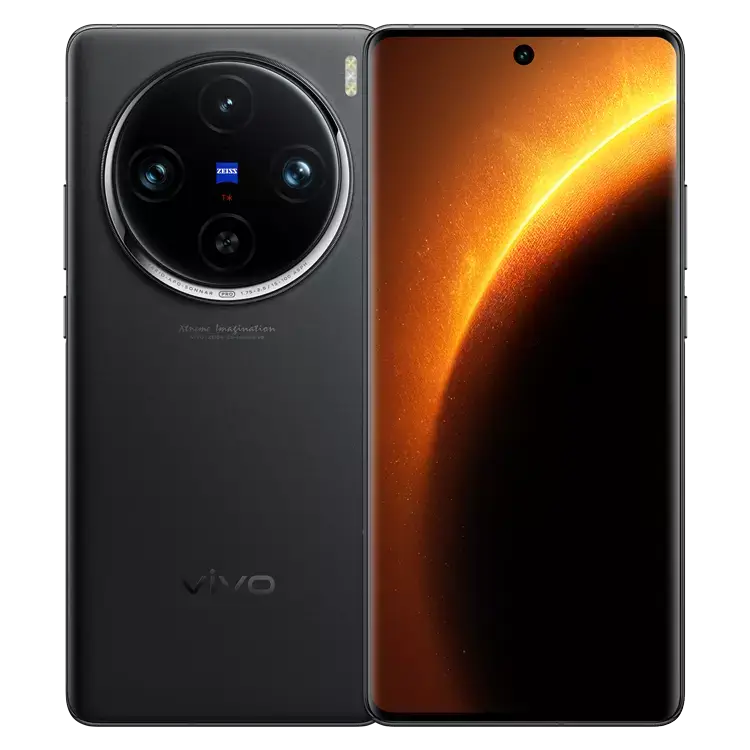
Display
Vivo X100 Pro’s 6.78-inch full-HD+ curved edge AMOLED panel features a 120Hz refresh rate and LTPO technology, allowing the refresh rate to scale down when needed for battery life. The display is optimized to match the software frame rate, automatically adjusting to 1Hz when not needed for better battery savings.
Vivo X100 Pro ‘s software and GPU are optimized to sync with the display’s refresh rate, ensuring smooth software experiences. The display offers up to 3,000 nits of peak brightness when outdoors, allowing comfortable viewing in direct sunlight.
The panel supports 2,160Hz high-frequency dimming, reducing eye-strain in dimly lit settings. The fingerprint reader is embedded within the display, providing accurate and reliable performance.
Software and User Interface
Vivo X100 Pro is a smartphone running Funtouch OS 14, based on Android 14, and has been updated to the latest security update in December 2023. Vivo is committed to providing three years of security and firmware updates. The software experience is similar to previous models, with a more polished Material You-esque theming engine and more variety in colors and swatches.
Vivo claims to have improved optimization and smoothness, offering an instant start-up mode that boots the phone in 20 seconds after plugging the charger from a dead battery. However, the software is far from what is possible on a Pixel 8 Pro with Google’s customised version of AI-enriched Android 14 software.
Performance and Gaming
The Vivo X100 Pro is a smartphone with a MediaTek Dimensity 9300 SoC, a first for India, and a new V3 Imaging co-processor for imaging and gaming. It offers 16GB of LPDDR5X RAM and 512GB of UFS 4.0 storage, but no expandable storage. The phone supports two physical nano SIM cards and supports eSIM functionality, dual 5G standby, and dual 5G communication standards.
Communication standards include Wi-Fi 7, Bluetooth 5.4, NFC, an infrared port, and a USB-C port. The phone’s software performance is smooth, with 16GB of RAM and 16GB of virtual RAM, making it suitable for demanding smartphone requirements.
With MediaTek Dimensity 9300 SoC , The Vivo X100 Pro scored 20,20,631 points on AnTuTu, surpassing the 19,83,471 points scored by the Snapdragon 8 Gen 3-powered iQoo 12. In the GPU testing, performance appeared to be restricted at 120fps, whereas the iQoo 12 achieved approximately 140fps in most GFXBench test suites.
The bottom line is that the chipset is equally powerful, if not superior (in some ways), to the latest Qualcomm Snapdragon 8 Gen 3, which launched with the iQoo 12 in India.
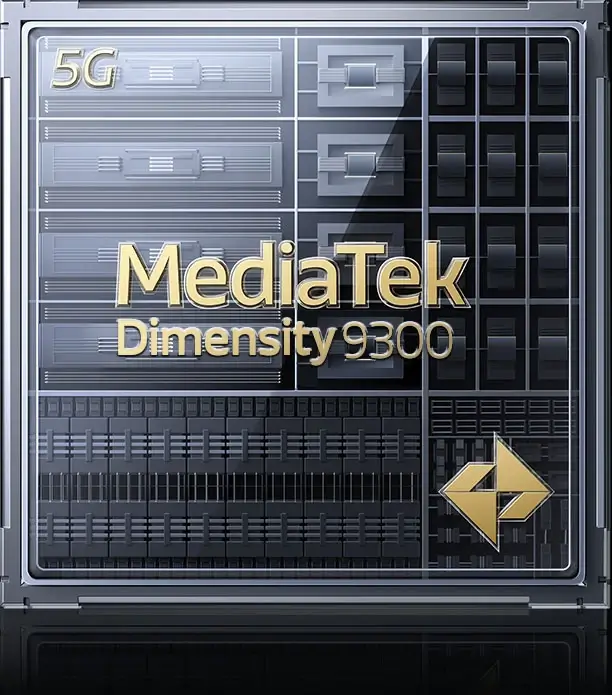
Vivo X100 Pro’s new 4nm processor offers a 30% increase in energy efficiency and 4K cinematic video portrait video camera feature. It also lowers power consumption when playing games through game frame interpolation, which is limited to 90fps. Some games like Call of Duty: Mobile support up to 120fps with low/medium graphics and ultra frame rate enabled.
Vivo’s Game Frame Interpolation feature (MEMC) makes a game appear more fluid even when the system isn’t running at the achieved frame rate. However, it causes touch sampling lag, making it not ideal for high-fps titles like Asphalt 9 Legends.
The phone’s vapour chamber cooling system effectively handles heat, but it heats up during video recording, causing stuttering in the viewfinder preview. This on-screen stutter does not affect the recorded footage, as it is a feature of the camera app.
Cameras
The Vivo X100 Pro is a camera with versatile ZEISS-backed technology, featuring three 50MP sensors for consistent performance across different modes. The main camera, a 50MP Sony IMX989 sensor, delivers crisp, vibrant photos in outdoor daylight conditions with excellent dynamic range.
The camera also performs well in low light conditions with little visible noise, making it ideal for quick close-ups. The telephoto lens offers good details and dynamic range, making it suitable for capturing quick close-ups. The camera’s versatility makes it a great choice for photography enthusiasts.
The camera app is user-friendly, offering various modes like Photo, Video, Portrait, Night, and Cinematic Portrait Video. It features preset zoom levels of 2x, 4.3x, 10x, and 0.6x ultra-wide. The flower icon at the top of the viewfinder activates Supermacro mode, ideal for capturing close-up shots of flowers, insects, or food.
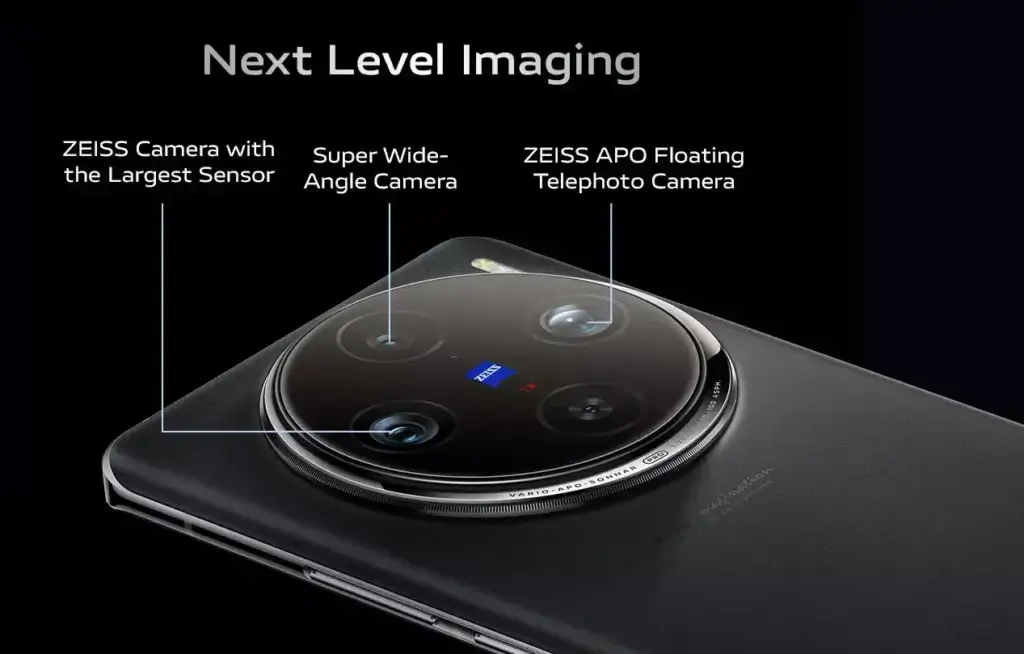
The wide-angle lens performs well in daylight, offering a 119-degree field of view with consistent colors. However, in low light, the brightness may seem muted.
The telephoto camera, with a 50MP floating lens, captures 4.3x optical zoom and can reach up to 100x digital zoom. Stabilization is good, allowing for crisp zoom shots. Overall, the camera app is easy to navigate and offers a variety of photography options.
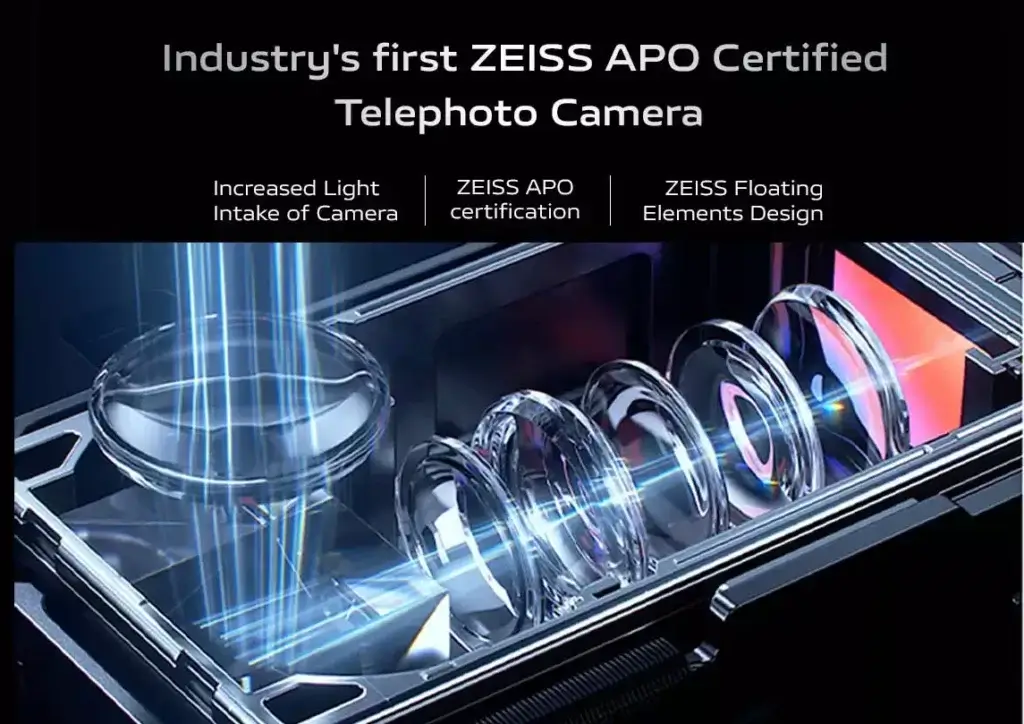
Vivo’s camera offers a Multi-Focal Portrait mode, allowing users to take portraits with various focal lengths and ZEISS-style portraits. This feature allows for attractive shots in both daylight and low-light conditions. The Telephoto Sunshot feature uses hardware and software to capture sunrise and sunset shots, boosting colors to make the sun appear more orange. However, this may not be true to life.
The 32MP selfie camera, while decent in daylight, tends to be problematic in low-light, softening facial features and blowing out highlights. The rear cameras perform better, with decent details and colors, but the front camera struggles in low-light, softening facial features and blowing out highlights.
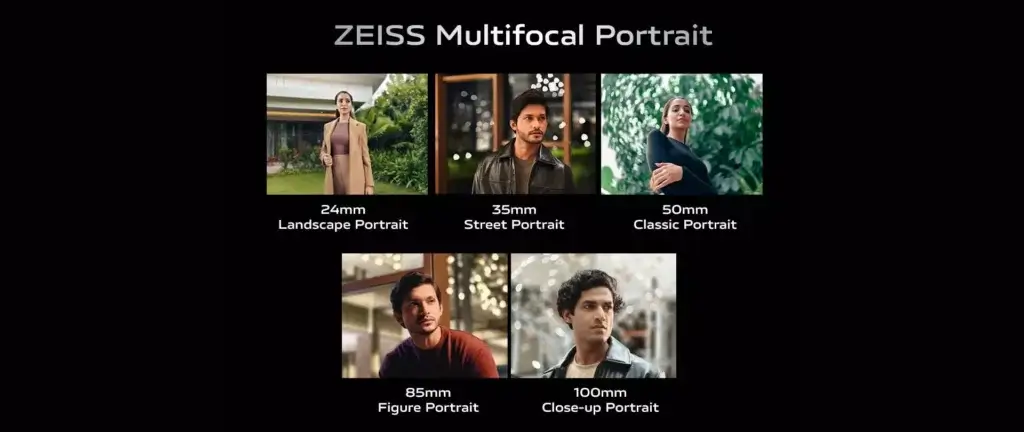
Battery And Charging
The Vivo X100 Pro boasts a larger 5,400mAh battery compared to the 4,870mAh cell in the X90 Pro, providing enough juice to last a full day and moderate to high usage. The MediaTek Dimensity 9300 chipset, running on high cores, consumes battery more rapidly when using intensive apps like graphically demanding games and cameras.
In our PCMark Battery test, the Vivo X100 Pro lasted slightly over 16 hours. Although it comes with a 120W charging brick, the Vivo X100 Pro only supports up to 100W charging speeds, a minor drop from the 120W support on the Vivo X90 Pro. In real life, the difference in charging speeds is minimal, taking 20 minutes to charge to 80 percent and 30 minutes to reach 100%. The Vivo X100 Pro also supports 50W wireless charging.
Pricing
The Vivo X100 Pro, priced at Rs. 89,999 for 16GB RAM and 512GB storage, is a competitor to Google’s Pixel 8 Pro, priced at Rs. 1,06,999. It comes with a charger, Type-C charging cable, and a durable silicon case, making it a great choice for those looking for a high-quality device.
Should you buy Vivo X100 Pro ?
The Vivo X100 Pro is a flagship phone with a versatile camera system, AMOLED display, and fast charging speeds. It features the MediaTek Dimensity 9300 chipset, delivering fast-paced performance comparable to the Snapdragon 8 Gen 3 SoC. The phone also has a large 5,400mAh battery that lasts a day and a half on moderate to high usage.
Priced at Rs 89,999, it competes with the iPhone 15 Plus and Samsung Galaxy S23 Ultra. The Vivo X100 Pro is a good option for those seeking the best cameras in 2024. However, the iQOO 12 offers better performance at a lower price point.
Pros and Cons
Vivo X100 Pro: Reasons to Buy
• Excellent rear cameras, particularly the telephoto lens with ZEISS-specific features.
• Bright and vivid AMOLED display
• Fast and powerful MediaTek Dimensity 9300 chipset
• 120W fast charging
Vivo X100 Pro Reasons Not to Buy
• Underwhelming selfie camera.
• Slippery to hold, may soften selfies and blow out highlights in low-light conditions.
• Matte glass panel on back requires a case.

